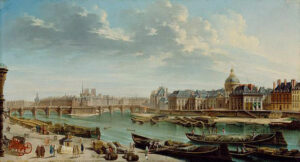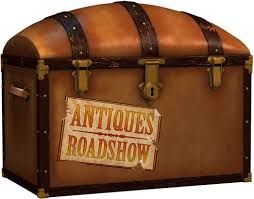 Dear Mr. Puppy,
Dear Mr. Puppy,
I hear the 18th century was a very transitional time for bowmakers. Can you tell me what that was like?
Part II of IV:
My friend Gaviniès once told me that the bowmakers found a small source in the staves from sugar barrels. It seems that the manufacturers in Brazil and the Antilles used the wood because it was heavy and protected the refined block sugar from the fierce attacks by tropical ants in that country. These creatures would sometimes carry away a whole month’s production in a night. The shippers liked the heavier wood, as the sugar was sold by the total weight, barrel, included. Sometimes this wood was really superior for the trades and was prized by the cabinet makers for case coverings of their royal commissions. Old Citizen Tourte kept the best pieces of bow wood for himself and sold the lesser pieces to the other bow makers and became somewhat of a savvy merchant in his declining years. Tourte bows were extremely expensive and cost 12 Louis d’or if they were tortoiseshell with gold mounts, or 3 ½ Louis if they were ebony and silver. The price of ordinary bows at this time of the Revolution was around 1 ¾ Louis. The Tourte bows became somewhat of a joke amongst the musicians of Paris because the orders took such a long time to complete and they would quip to those who had invested such a large sum “I hope it is not torte, twisted, by the time it arrives.”
*Ask Mr. Puppy” aka Giuseppe Puppo, an 18th-century concert violinist, answers our questions about his career and times. Can you find Mr. Puppy in the painting?


